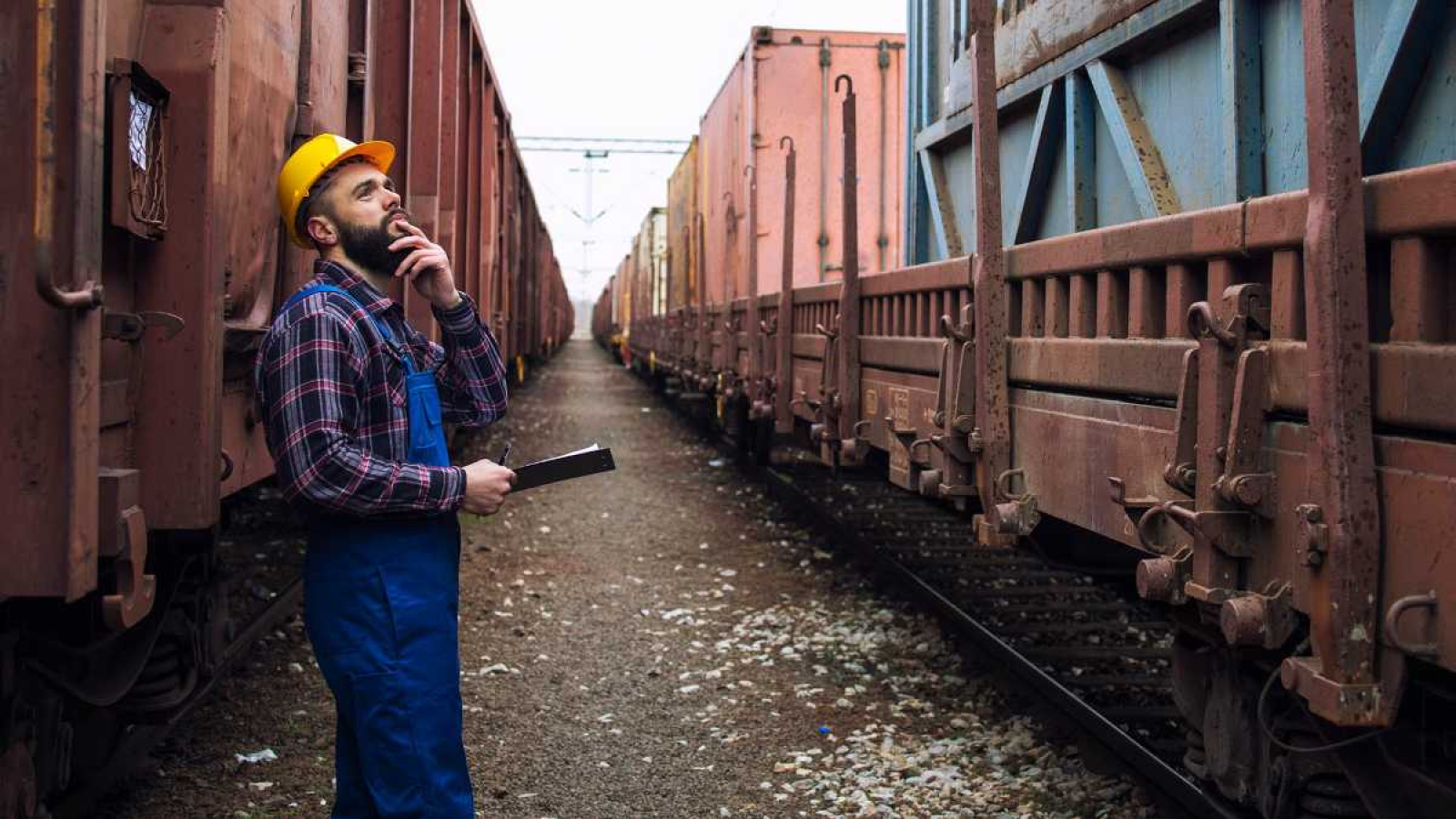The New Silk Road rail route is a vital connection between Asia and mainland Europe. Its most important developments in recent years have been in Asia. For example, Khorgos in Kazakhstan has become the central transhipment gateway. Countries in Central Europe, such as Poland, the Czech Republic, and Hungary, have also become more accessible by rail.
What is the impact of the EU sanctions against Russia?
Russia’s invasion of Ukraine and the EU sanctions against Russia are affecting rail freight transport on the New Silk Road. This is because a key part of the route runs through Belarus and Russia.
The sanctions against Russia are keeping businesses from transporting goods by train. Several freight forwarders no longer transport goods over the northern part of the New Silk Road, through Russia and Belarus. Businesses that do, may still have problems insuring the goods.
An alternative rail option is the southern part of the New Silk Road, via the Caspian Sea. This journey takes longer. The rail connection runs from China to Türkiye via Altynkol (Kazakhstan), Baku (Azerbaijan), and Tbilisi (Georgia). Or you can opt for sea freight. Although the lack of available containers is a problem
New Silk Road routes
The Chinese government is investing billions under the name ‘Belt and Road Initiative’ (BRI), building connecting routes with the West to promote economic growth. The New Silk Road development breathes new life into the original Silk Road trade routes. It offers modern logistics connections over land and sea.
The New Silk Road takes its name from silk, the shiny textile that is said to have kickstarted trade between East and West more than 2,000 years ago. The so-called Silk Routes formed an ancient trade network for many lucrative commodities.
The New Silk Road route reaches most countries in Eurasia and some countries on the east coast of Africa. It covers a distance of 10,000 to 12,000 km over 3 main routes:
The northern route operates via Russia, connecting to northeastern China (the regions around Shenyang, Suzhou, Dalian, and Beijing).
The other northern route operates via Belarus, Russia, and Kazakhstan, connecting to Khorgas in China.
The longer southern route operates via Türkiye, Armenia, Azerbaijan, Turkmenistan, Uzbekistan, Kazakhstan, and central China (the regions around Chengdu, Chongqing, and Zhengzhou).
Compare train versus ship
Transport by rail and by ship almost always takes place with containers. Due to the large temperature differences in rail transport, these are often refrigerated containers.
The train journey is faster, taking 15 to 18 days. A ship takes 35 to 55 days. The shorter transport time enables you to respond more quickly to changing market requirements. An advantage if you supply consumer products.
A ship offers economies of scale. A modern container ship, for example, has room for more than 20,000 containers. A train carries around 84 containers.
Challenges faced by the New Silk Road
The New Silk Road is developing and gaining in popularity, but its challenges include:
Differences in safety systems and voltages on the tracks in different countries.
Additional transhipment in Kazakhstan. All containers are transferred from Russian trains to wagons with a Chinese track gauge. The 2 types are not currently compatible.
Rail capacity in Northwestern Europe is under pressure. This network is busy and priority is often given to passenger trains.
Customs checks at European borders take a long time. This is especially true at the Poland-Belarus border and Schengen/non-Schengen borders.
The trains coming from China are always full. This is not the case from Europe to China.
SOURCE: kvk.nl




